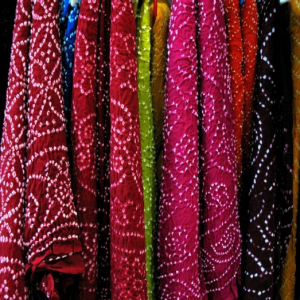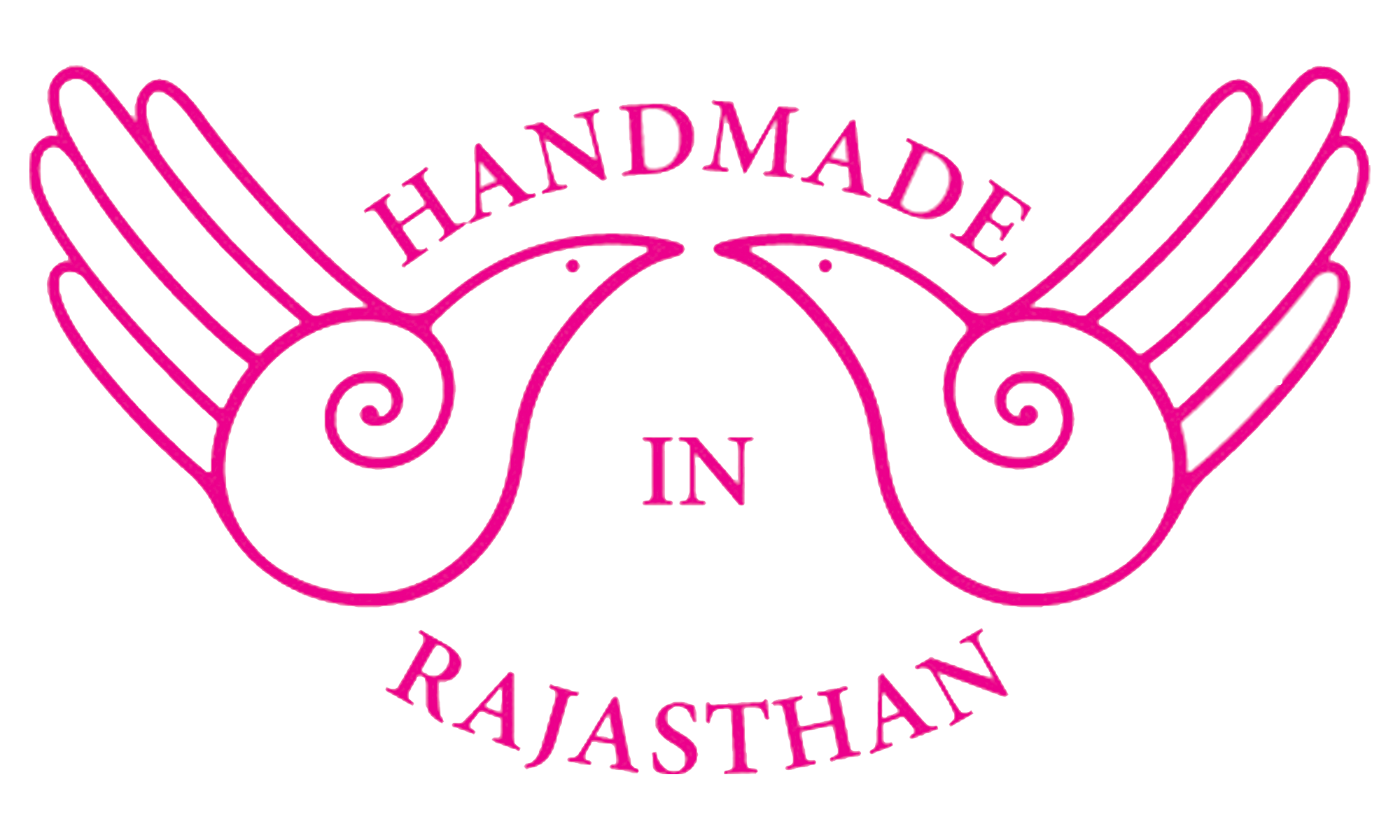- Home
- About US
- Art and Craft
- Artisans
- Master Crafts Persons
- Supporting Institutions
- News and Events
- Schemes
- Contact us
- Contact

Bandhej & lehriya (Tie and Dye), a form of resist dyeing, is a technique of patterning fabric by tying partsof it in different ways to prevent the penetration of dyes. This craft is one of theoldest in the world for making colored designs on a fabric.
The technique involves dyeing a fabric which is tied tightly with a thread at several points in various colors, thus producing a variety of patterns like Bandhni, Lehriya, Mothda, Ekdali and Shikari depending on the manner in which the cloth is tied.
There is a magical quality about Bandhini: vibrant colours, arresting combinations, dramatic swirls and twirls…
“Bandhini” derives its name from the Hindi word Bandhan which means ties, relation and therefore tying up. Bandhani is an ancient art practiced mainly in Western India.
Bandhini is the Rajasthani art of tying small dots on fabric with a continuous thread and dyeing it. The result is a vibrant and irregular mix of vermillion and saffron, emerald and sapphire or aqua and yellow. Interestingly, the art of tying involves the use of a long finger nail, which is used to pick that portion of the fabric which has to be tied.
Main Centers for Bandhani are Jodhpur, Jaipur and Udaipur in Rajasthan. A specialty of Rajasthan is the Leheriya or Chundari where the fabric is tied to create stripes instead of the usual dots.
The Leheriya technique is quite different from the Bandhani technique although thistoo is a tie and dye process. Here the fabric is rolled from one corner to the otherdiagonally and then it is tied at intervals with strings.
Mothra is an extension of Leheriya in which diagonal lines cross each other in opposite directions, at 45 degrees, giving rise to small diamond shapes.

